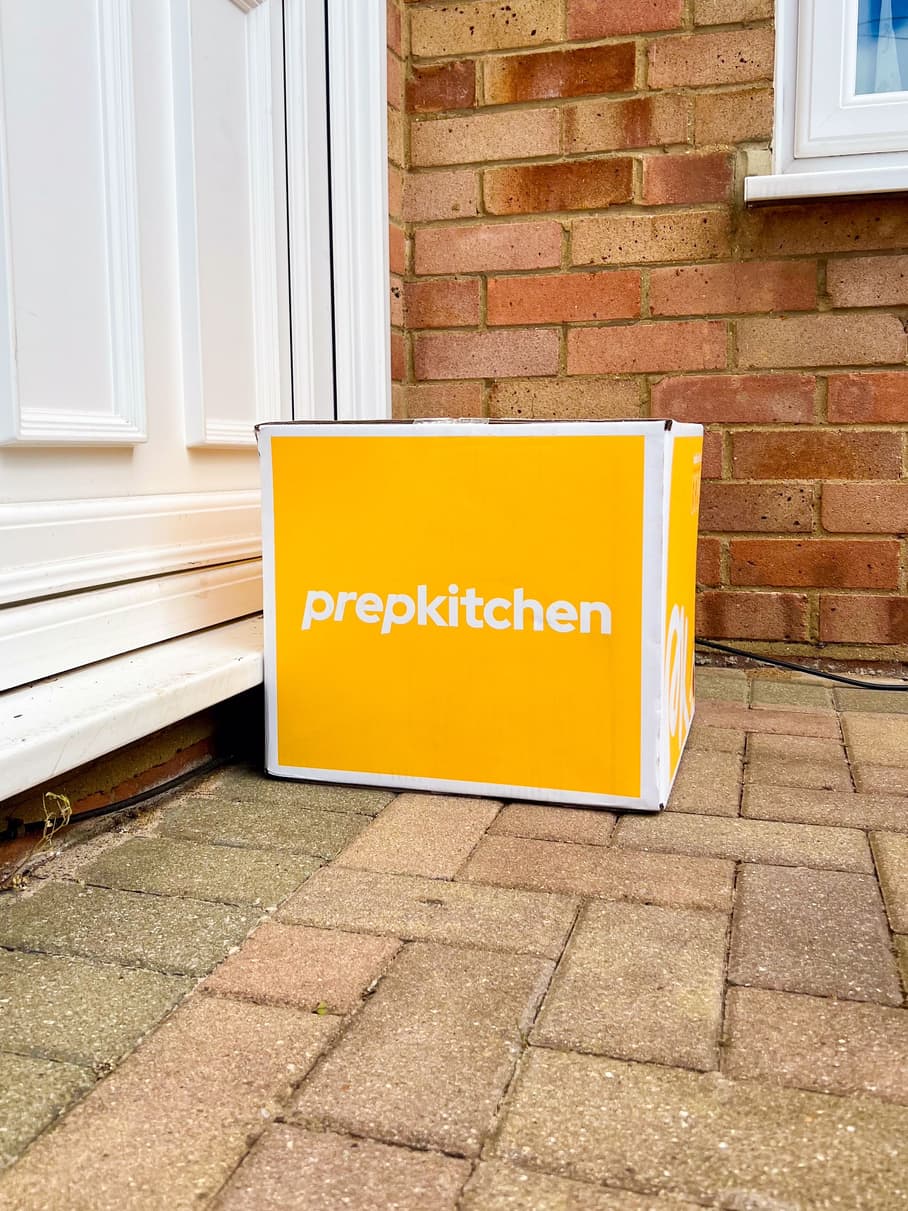We know a thing or two about achieving goals here at Prep Kitchen, from personal dreams to fitness targets and business plans. If you start with wishy washy, undefined goals, you might get some short-term success, but without clearly defined, long-term aims, it's easy for you to fall off the wagon.
Our best advice to anyone with a goal to is to use SMART goals.
What are SMART goals?
SMART goals are:
1. SPECIFIC
It seems so simple. The goal you want to achieve needs to be specific. Not just in terms of what the goal is, but you also need to understand why the goal is important. This means “I want to start running”, becomes:
“I want to progress from walking frequently to running, so that I can build up my fitness and live a longer life.”
2. MEASURABLE
The above resolution is better, but how will you know when you’ve achieved what you set out to achieve? How will you track progress? And most importantly how will you stay motivated? This is where measuring comes in. How far are you going to run? How often are you going to run? When do you want to be able to run your target distance by?
3. ACHIEVABLE
Again, it seems obvious, but is your goal pie in the sky, or is it actually achievable? You want to set your sights high and push yourself, but on the flip side, you don’t want to set a goal so high that it's impossible, because this can demotivate you. If you don’t currently run, signing yourself up for an ultra-marathon in 3 months will at best result in you not turning up, and at worst, hospitalise you. There's nothing wrong with aiming high, but break your goals down into achievable chunks that you're more likely to meet. There's nothing like smashing a goal to keep your spirits up! Then you can set new ones for the next phase - look at these as short 'sprints'.
4. RELEVANT
It's great to be inspired by others, but your goals need to be relevant to YOU, not somebody else. They also need to fit with your lifestyle, your physical and mental limitations, and your other commitments. This doesn't mean that you can't evolve these over time, but it's important to chase goals that align with your individual needs and circumstances.
5. TIME BOUND
Giving yourself a realistic time limit to achieve your goal makes it easier to measure success. An example of this, incorporating both short and long-term goals would be:
“I want to progress from walking 3k to running 5k consistently without walking by the end of this year (e.g. six months).
Then break this down into monthly goals:
Month 1 - increase walking distance to 5k by increasing distance 0.5k per week, and exercising at least 2-3 times weekly, with periods of running until breathless
Month 2: Consistently run 0.5-1k of the 5k during each exercise period
Month 3: Consistently run at least 1-2k of each 5k exercise period
Month 4: Consistently run at least 2-3k of each exercise period
Month 5: Consistently run at least 3-4k of each exercise period
Month 6: Go for it! Consistently run at least 5k of each exercise period

Well done! You've run 5k, but don't stop there.
Why not build on that and aim to run a half-marathon in six months?
For more tips on how to set achievable goals, read top tips from World Champion and Prep Kitchen ambassador, Katerina Johnson-Thompson over on our blog.
Check out these other related blogs on our website:




